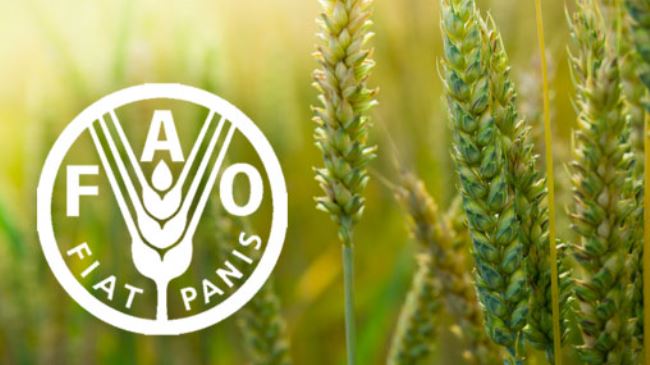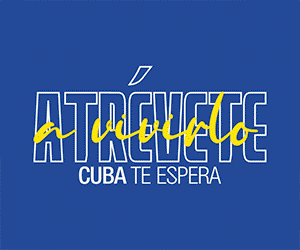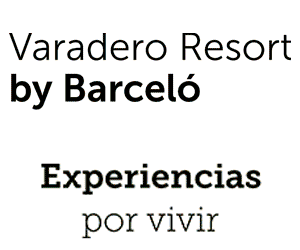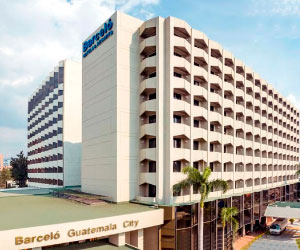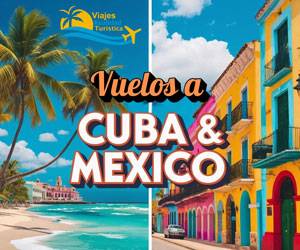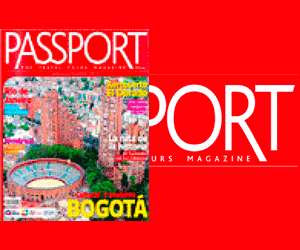In order to solve some of the challenges that Latin America and the Caribbean still faces in terms of agri-food trade, FAO, together with the Inter-American Development Bank (IDB) and the Inter-American Institute for Agricultural Cooperation (IICA), will be holding the first Regional Network of Experts on Agri-Food Trade on 3 and 4 May.
The idea of this meeting is to discuss ideas and exchange experiences on an issue as important for the region as agri-food trade.
Latin America and the Caribbean (LAC) today has enormous potential to increase its intraregional trade, since it produces more food than it requires to meet the food needs of all its inhabitants, however it faces great agri-food challenges, Pablo Rabczuk, Agrifood Systems and Trade Officer, and International Trade Coordinator of the Food and Agriculture Organization of the United Nations, highlighted in an interview. (FAO).
“Latin America and the Caribbean plays an important role in achieving food security in the region and globally. It is a major player in the production of agricultural and fishery products and is currently responsible for 13% of global agri-food production, as well as 17% of the total value of world exports. That means that we have as a region a very important commitment regarding food exports and trade,” Rabczuk explained.
The expert added that currently 41.6% of what is produced in the region is exported, having an annual agri-food surplus of more than $174 billion.
Although Latin America is a region that has a high agri-food surplus (it exports more to the world than it imports), there is great concern and that is that almost 9% of the population suffers from undernourishment (it cannot acquire enough food to meet the minimum daily dietary energy needs), so we must look at what is failing.
“If we analyze this situation by subregions, we see that it is quite dissimilar between them, with a net food importing region such as the Caribbean, in a mixed scenario such as Central America, where there are spaces for intraregional agri-food trade to grow for the benefit of food security,” explained the FAO representative.
According to Rabczuk, LAC has sufficient availability to supply itself and the world, but the vast majority of countries in the region are exposed to problems of production, marketing and price increases, as they are net importers of wheat, corn and vegetable oils. Without considering that almost 85% of the fertilizers used are imported.
“We have developed this space on May 3 and 4 inviting experts who come from the academic, private sector, and subregional organizations of which Panama is part, such as the Central American Economic Integration System and the Secretariat of Agriculture of Sica, so that together we can develop lines of work and research so that this region continues with that agro-export vocation and continues to generate sources of employment in times of recovery. post-covid economy,” he emphasized.
Regarding Panama, the expert said that the main agricultural products exported are pineapple, banana, melon, watermelon, cassava, coffee and cocoa, among others. The main export destinations are the United States and the European Union. While the main imported agricultural products are corn, wheat, rice, powdered milk and meat, among others.
“While Panama has a negative trade balance (it imports more than it exports), it is not necessarily negative, but a reflection of the type of economy highly concentrated in services and logistics. So, the isthmus is making efforts to strengthen family farming and be able to increase national production to meet national demand and ensure food security,” said the FAO official.
At the same time, he pointed out that Panama has high quality export products with a lot of potential for expansion, such as pineapple, coffee, cocoa, bananas, fish and crustaceans, among others.
“From FAO we consider that it is key in times of crisis such as the one experienced in the pandemic, and then, the war between Russia and Ukraine, that governments react strategically and keep trade flows open, without putting barriers or trying to close them because in the medium and long term they complicate the country’s economy,” Said.
He added that consumers, governments and exporters must have access to transparent and real information in order to make informed decisions. “Transparency in price information in the markets is very important.”
Hunger in Latin America
According to FAO data, Latin America and the Caribbean reached its highest prevalence since 2006, with 8.6% of people suffering from hunger in 2021, corresponding to 56.5 million people. The figure grew by 13.2 million since before the outbreak of the pandemic in 2019.
Rabczuk also highlighted that the number of people experiencing severe food insecurity in Latin America and the Caribbean increased from 9.9% of the population in 2019 to 14.2% in 2021.
In addition, Latin America and the Caribbean has the highest cost of a healthy diet compared to other regions, and the prevalence of overweight and obesity are above the world average.
“In Latin America it is also more expensive to eat healthy and at the same time we have a very worrying obesity crisis due to the high health risks and therefore it becomes a burden on the health system of the States,” he said.
The FAO Food Price Index, measured in real terms, rose 64 points between May 2020 and March 2022, reaching its all-time high of 156.3 points in March 2022.
It then retreated, reaching levels similar to those observed between November 2021 and February 2022, prior to the start of the war, but continuing with a level higher than the highs of past decades.
In health crises such as the one experienced in the pandemic, the expert applauded social projects such as “Study without hunger” and “Plan Beehive”, since with them the food problem could be solved for many communities, especially the most vulnerable in the country.
Source: La Estrella de Panamá.





